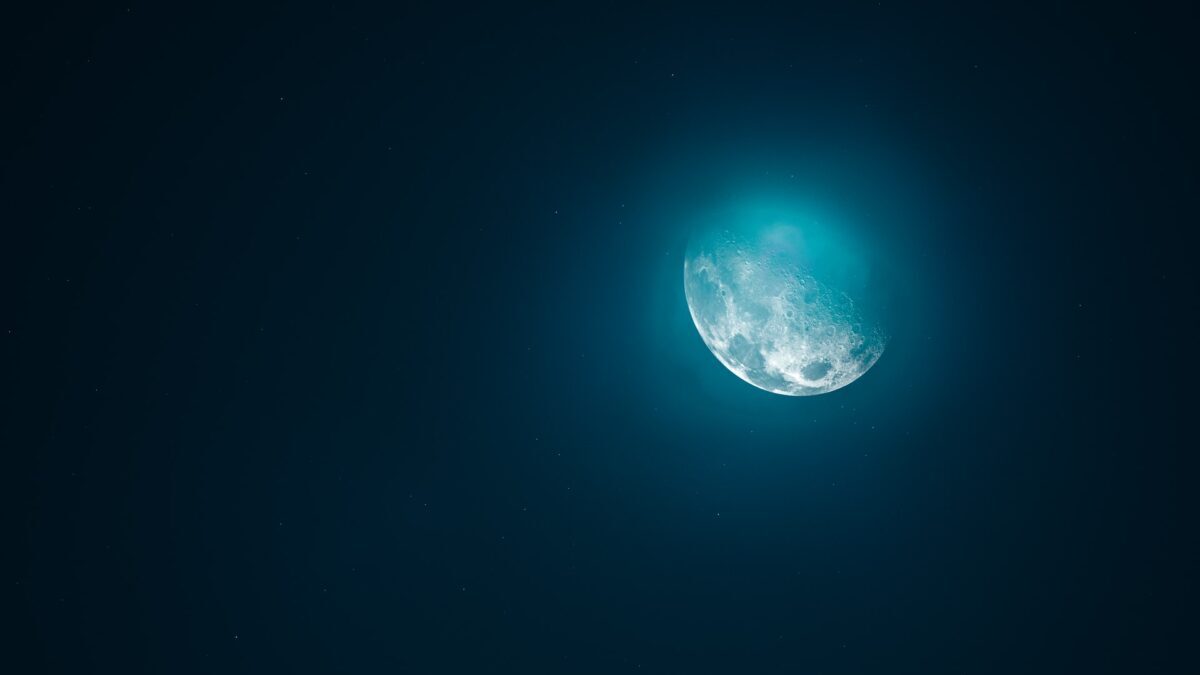Science & Tech
Piece of SpaceX rocket to crash into the moon

WHAT YOU NEED TO KNOW:
- A chunk of a SpaceX rocket is expected to crash into the moon in March.
- The booster has been drifting space for seven years since it was launched in 2015.
- An astrophysicist at Harvard University tweeted that the impact is “not a big deal”.
A piece of a SpaceX Falcon 9 rocket is headed for an impact into the moon in March, according to experts.
The booster, which was launched in February 2015, has been drifting in space for seven years
Bill Gray, the owner of projectpluto.com first reported the upcoming crash in a blog post.
It is likely the “first unintentional case” of a human object hitting the moon, Gray wrote.
Harvard astronomer Jonathan McDowell said there’s no cause for panic.
“Just another hole in the green cheese,” he said in another tweet Tuesday.
The moon, unlike Earth, doesn’t have a thick atmosphere to burn up incoming objects. As such, things headed for the moon tend to make impact, helping to create the vast number of craters on its surface.
Boosters are a very expensive bit of the rocket, and since late 2015, SpaceX has successfully returned these modules to earth with a view to reusing them.
But this particular booster lost too much fuel after launch and was unable to get back, Ars Technica reported. It has been drifting in between the Earth and the moon’s gravities since then, making its orbit somewhat chaotic.
It is predicted to hit the moon on March 4.
This may be the first time a piece of space junk will crash on the moon, but it won’t be the first rocket to smash land there.
NASA purposefully launched a rocket at the Southern pole of the moon in 2009. The debris from the impact helped them confirm that there is water on the moon.
Gray is excited at the possibility the impact could uncover more of the moon’s mysteries.
“I am rooting for a lunar impact,” he wrote in his blog post.
However, although there is still a little bit of uncertainty about where the booster will land, the impact will probably be on the far side of the moon, so it likely won’t be visible from Earth, Gray said.
Source: The Guardian
